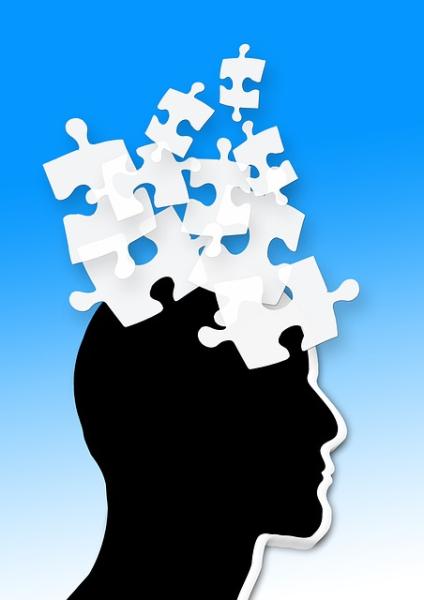Biogen announced that its current candidate for an Alzheimer’s drug was ineffective, resulting in an 18 billion dollar loss in valuation – that number should provide a sense of both the need and market for an effective treatment. The medication, Aducanumab, was being tested on patients with mild cognitive impairment and mild dementia, but an independent “futility analysis” indicated the drug would be ineffective.
Alzheimer’s is a manifestation of the lost function of communication between the neurons in our brain. There are several pathologic changes more specifically amyloid plaques, the target of the now failed drug, and neurofibrillary tangles. In Alzheimer's, beta-amyloid protein, a naturally occurring protein, form plaques that “collect between neurons and disrupt cell function.” The neurofibrillary tangles are similarly, an abnormal collection of tau protein. While again, tau proteins are naturally occurring working as an internal scaffold for the cell, in Alzheimer’s these protein form abnormal aggregates that interfere with communication between the neurons. We also have found that these abnormalities interact with one another and it seems at some critical point the concentration or density of plaque accelerates the growth of neurofibrillary tangles.
The difficulty here is that we do not understand what is causing the plaques or tangles; they are biomarkers of a process, not the process itself. Biomarkers are measurable substances associated with some phenomena. The key word is associated, not causal. And in today’s medicine, we unfortunately treat and measure biomarkers more often than we understand and can manage the disease, or abnormal process, itself. It is like our recycling efforts, from separating materials to banning plastic straws, they are treating the measurable but not addressing the disease of unmindful consumption.
The value of biomarkers lies in the strength of the association with the underlying process. A recent study found that troponin, a protein released when the heart muscle is damaged, is seen at clinically significant levels in many hospitalized patients without clinical cardiac concerns - 40% of critically ill patients and 14% of all patients hospitalized for non-cardiac medical problems. Troponin is the result of muscle deprived of oxygen, not the cause. Eliminating troponin will not correct the deprivation. HgA1c is a biomarker reflecting the chronic levels of blood sugar over the last several months. It is an excellent marker for the adequacy of treating diabetes because the association between the two is so significant. It is not as useful as a marker for the development of diabetes because diabetes is about insulin production and utilization; HgA1c is the result, not the cause.
Biomarkers are a two-edged sword. The provide a short-hand for identifying the associated phenomena, making our diagnostic efforts simplified. But it is in the simplification that the devil resides, biomarkers are so easily obtained, just a blood sample. It results in reports saying this biomarker or that is abnormal and we wind up chasing the noise of end-results, rather than the signal of disease. As with the study of troponin, context is everything; the meaning of the biomarker changes requires more than the number itself; in the presence of chest pain, troponin means far more than in a random sampling.
We may urgently want a drug to treat Alzheimer’s disease, but that will require understanding the source of the plaques and tangles, simply eliminating them appears to be addressing the noise rather than signal. We do that a lot more in medicine than you or we think, often more successfully.
Source: What Happens to the Brain in Alzheimer's Disease?National Institute of Aging and True 99th percentile of high sensitivity cardiac troponin for hospital patients: prospective, observational cohort study BMJ DOI: 10.1136/bmj.1729




